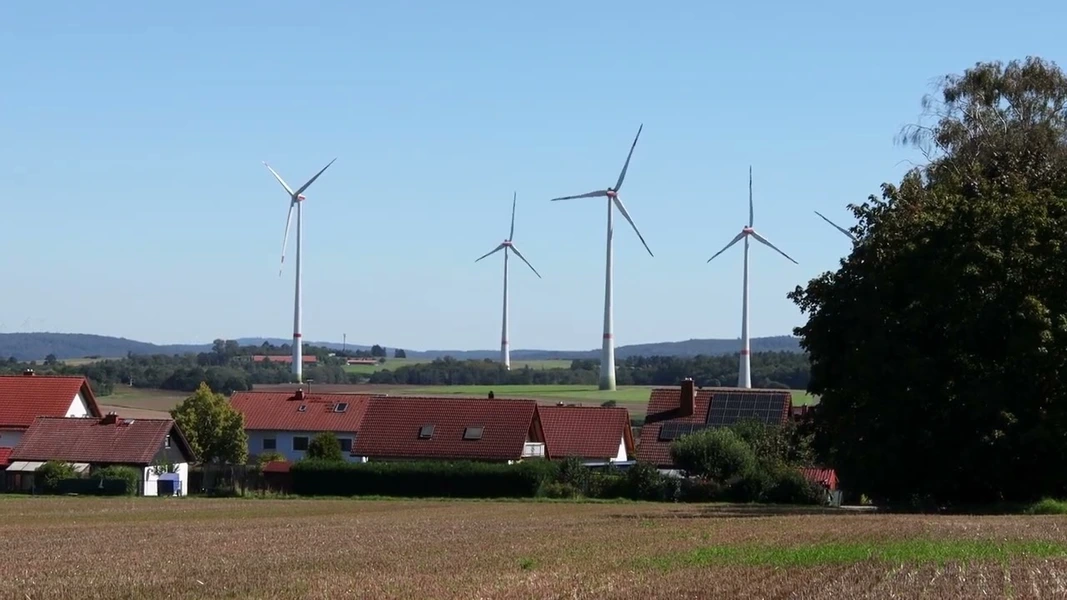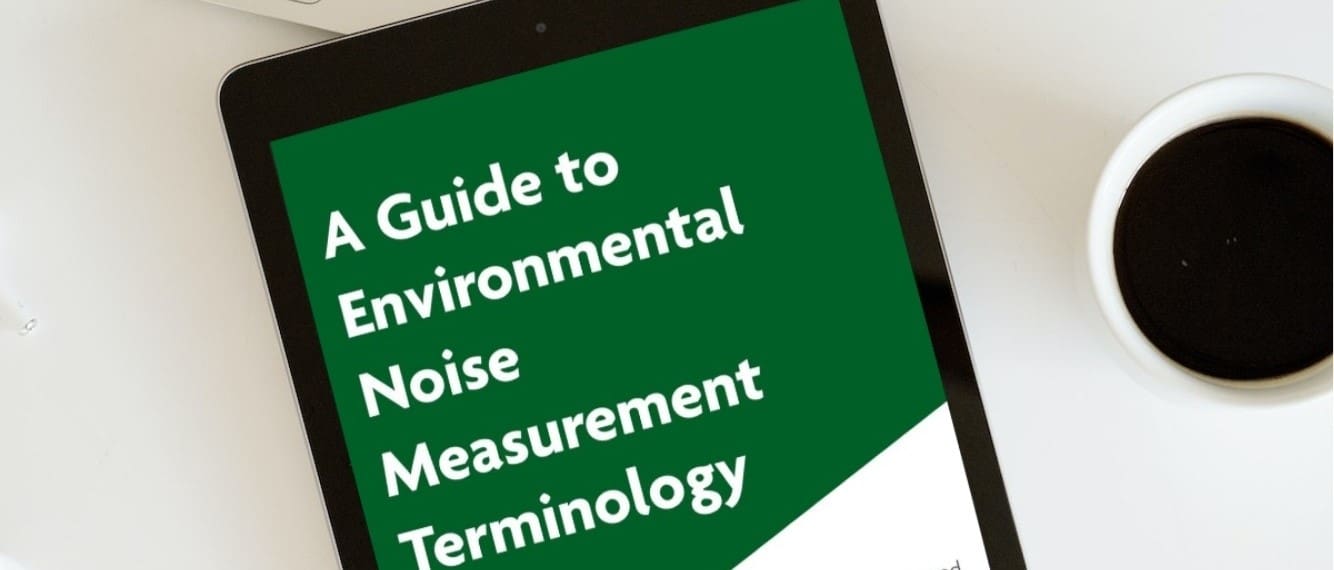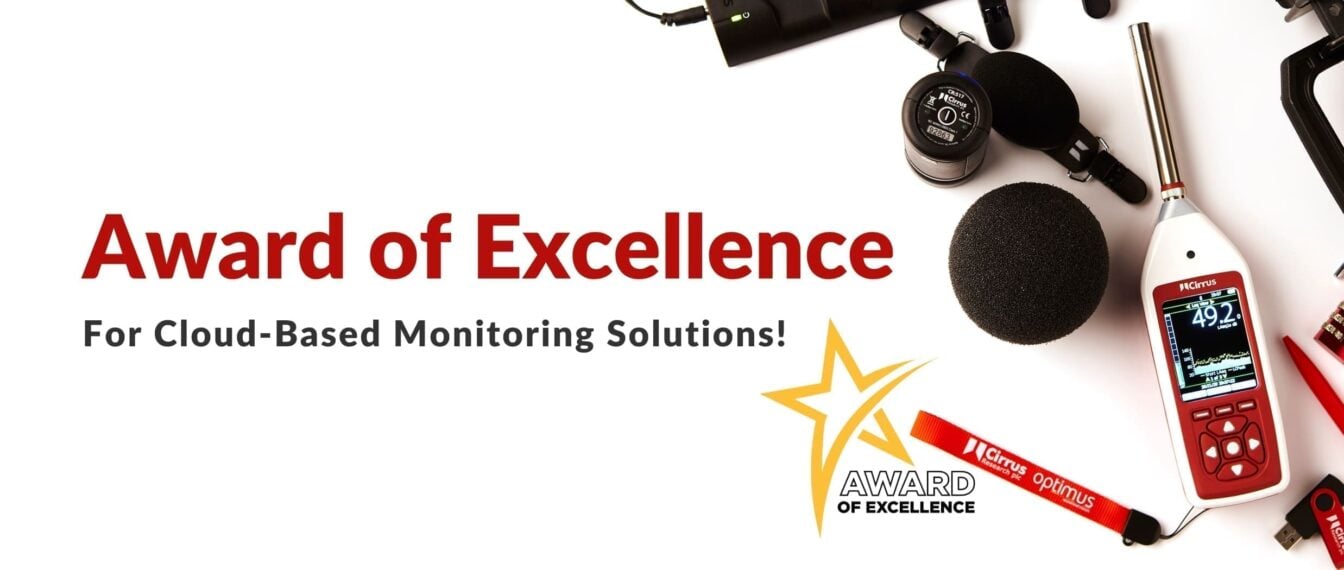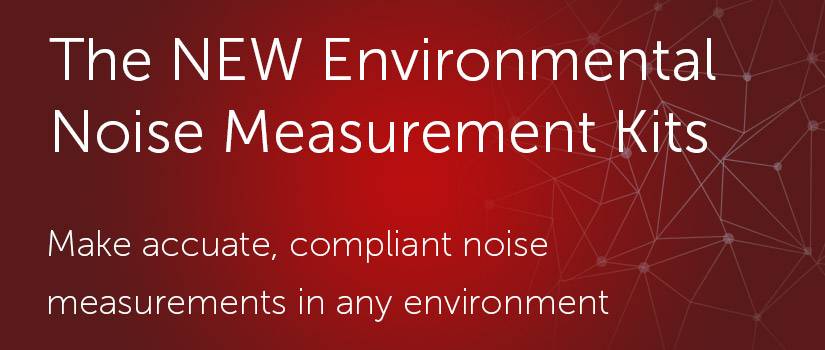Environmental Noise Monitoring
Environmental Noise Monitoring
Research has shown that when exposed to noise levels great than 40 dB while sleeping, people are at greater risk of sleep disturbance, which can have an adverse effect on people’s mental well-being. Levels above 55 dB can cause conditions such as high blood pressure and ischaemic heart disease.
Cirrus Research has designed environmental noise monitoring solutions to help businesses across the world protect people and the environment from noise for over 50 years. We’re here to make it easy and simple.
Cirrus Research has developed an integrated cloud-based solution for unattended, remote monitoring of environmental noise, the Quantum Outdoor. We’ve also worked with some of the best environmental instrument suppliers in the world to further enhance Quantum Outdoor with the ability to measure particulates and gases, vibration, weather, and wind speed. So now you can get all the data you need in just one place, anytime, anywhere, and on any device.
EU Environmental Noise Policy
Environmental Noise is one of the fastest-growing areas of noise monitoring, mapping, and control. The EU has introduced a number of Directives aimed at increasing the level of information about Environmental Noise across the EU.
In 1996, data from the EU Green Paper on Future Noise Policy estimated that around 20% of the EU’s population, or close to 80 million people, suffer from noise levels that experts consider to be unacceptable. Most of these people become annoyed and suffer from sleep deprivation, which experts fear will lead to adverse health effects.
An additional 170 million citizens are now living in so-called “grey areas” where the noise levels cause serious annoyance during the daytime.
Causes of Environmental Noise
Many of the demands of modern society result in the creation of noise sources, heavy industry, and construction, such as larger airports, additional power stations, and higher road traffic levels.
In addition to this, the expansion of towns and cities, driven by the demand for housing, has often resulted in the development of land near existing noise sources. These trends have meant that many more industries are now required to monitor their environmental noise impact.
But noise pollution can be controlled. Cirrus Research provides a range of solutions to make it easy, simple and less time-consuming.
Get in touch with us!
Use the form below to get in touch with our noise & vibration measurement experts
Quantum Outdoor
Watch the Quantum Outdoor product video to find out more about how our Quantum Cloud platform can help you
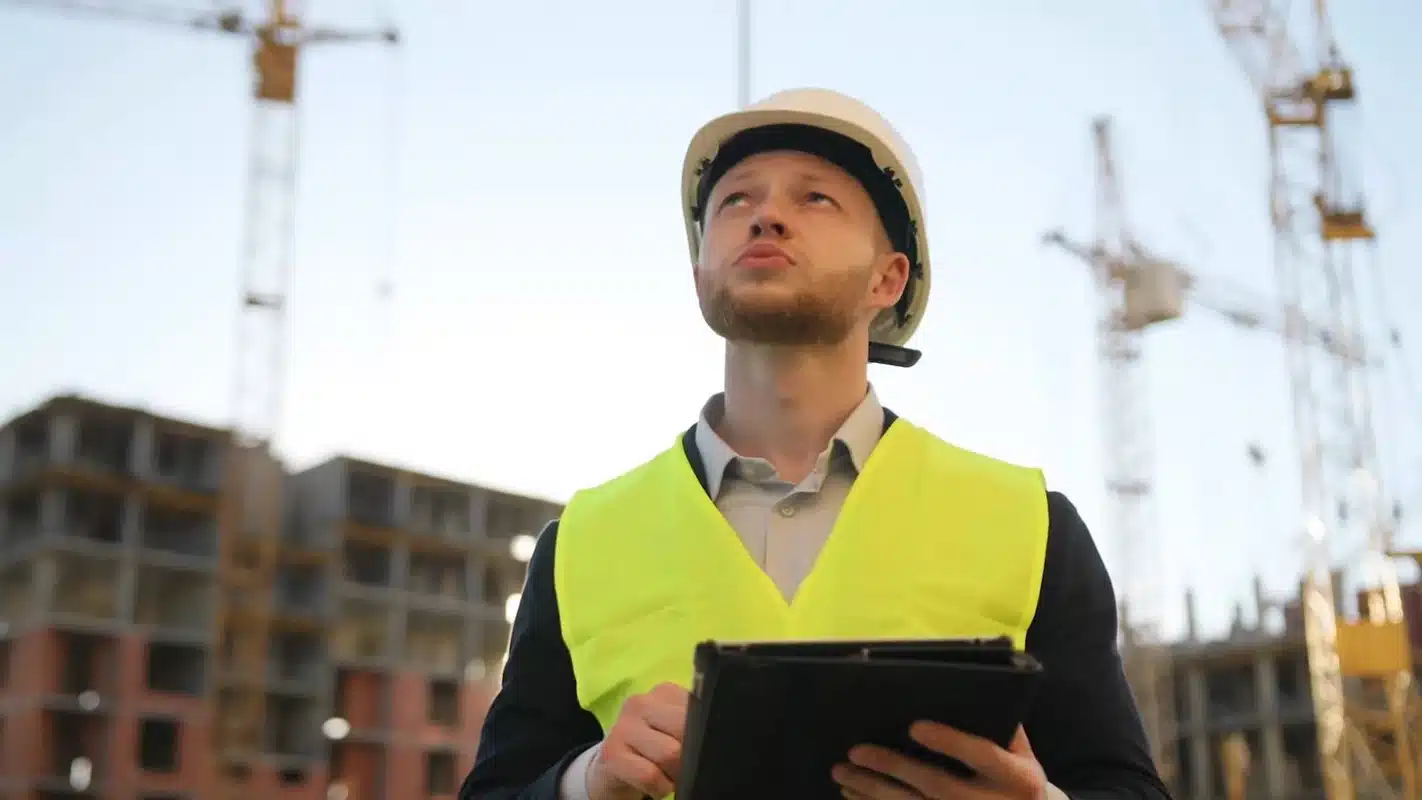
Environmental Noise Monitoring
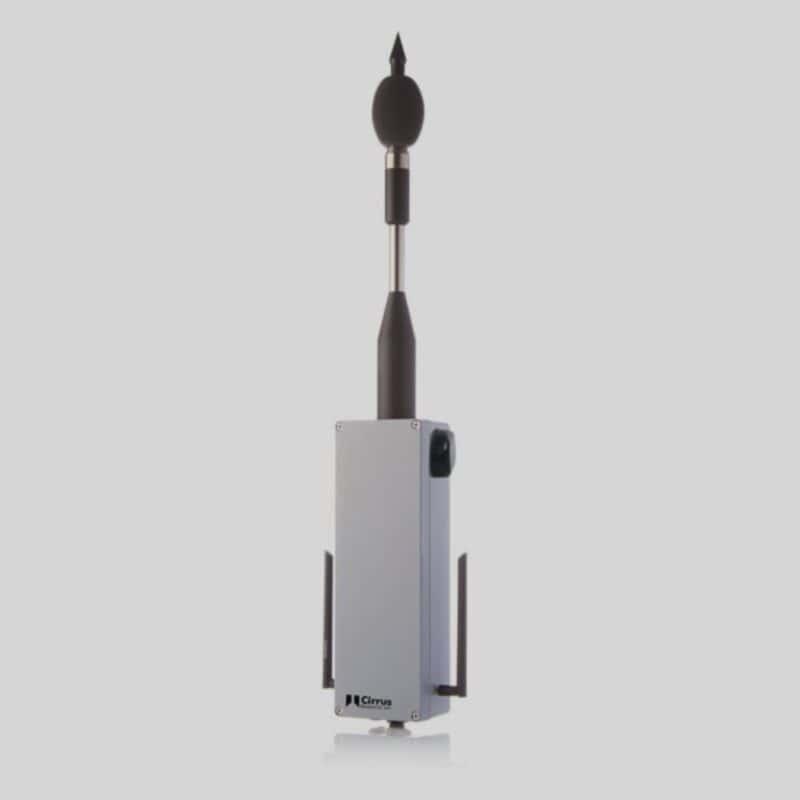
The Quantum Outdoor noise monitor is a fully automated cloud-based environmental monitor ideally suited for long-term remote measurements of various environmental conditions.
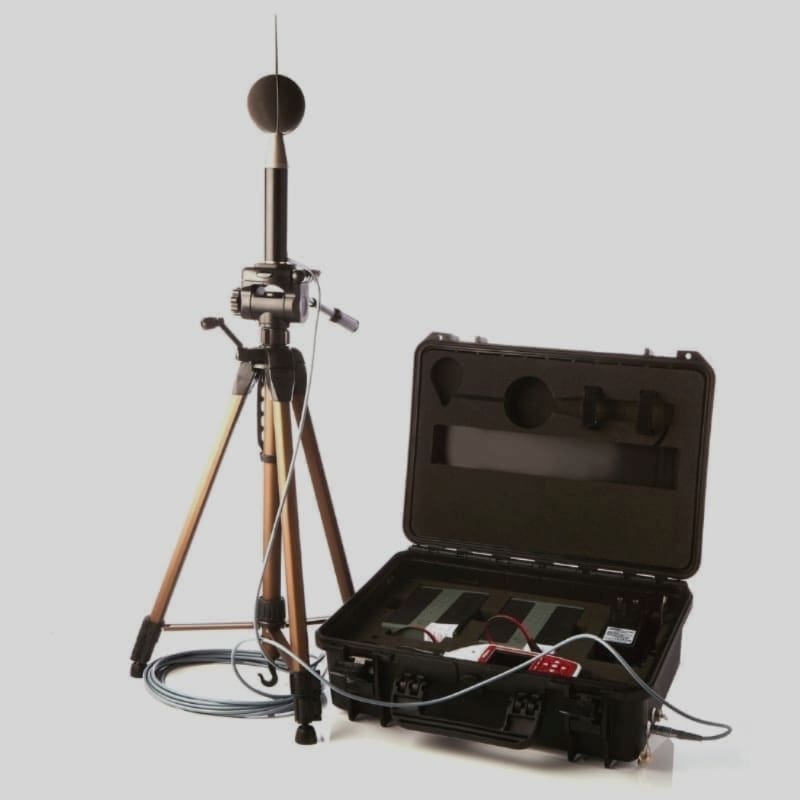
Includes an Optimus+ Environmental with a weatherproof case to protect it and the microphone from harsh weather conditions for accurate readings in any environment for up to 1 week.

Compact and lightweight for easy deployment in any outdoor environment, providing accurate and reliable measurements of noise pollution.
Learn more about environmental noise monitoring
If you would like to learn more, our team of environmental noise experts will be happy to help
Environmental noise monitoring involves measuring and analysing noise levels in a specific environment, such as a residential or industrial area, to determine whether they comply with regulations or standards and to identify potential health risks or noise nuisance.
Examples of environmental noise pollution sources include:
traffic
airports
construction sites
industrial machinery
entertainment venues, outdoor events, festivals and more
Environmental noise monitoring is important because excessive noise levels can have negative effects on human health, well-being, and quality of life. It can also affect wildlife, disturb natural habitats, and cause structural damage to buildings.
Environmental noise monitoring can help identify noise pollution sources, evaluate noise control measures, and provide data to support decision-making on land use planning and noise abatement policies.
Mounting equipment: This includes tripods, brackets, and clamps, which are used to secure the sound level meter place during monitoring.
Power supply: The equipment will require a power supply, either batteries or a power outlet.
It is important to note that different types of environmental noise monitoring may require additional equipment or specialised tools. Cirrus Research offers a cloud-based environmental noise monitor, the Quantum Outdoor, which is ideal for long-term remote noise monitoring.
Contact us for a consultation with a professional for guidance on the appropriate equipment for your specific needs.
Weather protection: Windshields on microphones will help protect them from dust and wind. In addition, a hard protective case such as that found with our Outdoor Kits will protect your sound level meter (and power supply) from the weather.
Regulations and standards for environmental noise vary by location and purpose, but they typically specify acceptable noise levels for different types of areas, such as residential, commercial, and industrial zones.
A typical environmental noise assessment involves several steps, including:
Site visit: The assessor will conduct a site visit to observe the surrounding environment, including noise sources and sensitive receptors. They will also identify potential noise sources that may affect the assessment.
Data collection: The assessor will set up the monitoring equipment, including the sound level meter and microphone, at strategic locations. The monitoring duration and frequency will depend on the specific assessment requirements.
Data analysis: Once the monitoring is complete, the assessor will download the data from the monitoring equipment and analyse it using specialised noise monitoring software. The analysis will include a detailed evaluation of the sound level measurements, frequency, and duration of noise events.
Reporting: The assessor will prepare a report that summarizes the findings of the assessment, including noise levels, potential noise sources, and potential impacts on sensitive receptors. The report may also include recommendations for noise control measures, noise mitigation techniques, and/or land use planning.
Consultation: The assessor may consult with relevant stakeholders, such as local authorities, community groups, or industry representatives, to discuss the findings and recommendations.
Follow-up: Depending on the results of the assessment, the assessor may recommend follow-up monitoring or additional measures to mitigate noise levels and protect sensitive receptors.
Overall, a typical environmental noise assessment involves a comprehensive evaluation of noise levels in a specific area to determine potential impacts and identify appropriate noise control measures.
